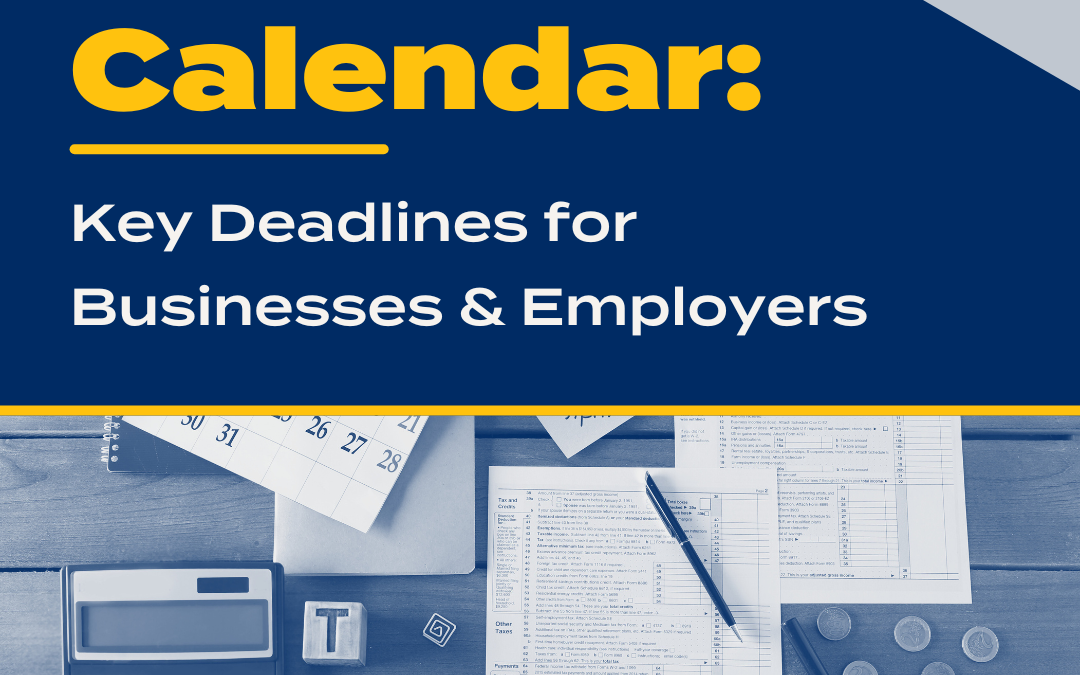The COVID-19 pandemic has provided many lessons for business owners. One is how to report the impact of a disaster on a company’s financial statements. Under U.S. Generally Accepted Accounting Principles (GAAP), disasters such as this year’s crisis are referred to as “subsequent events,” of which there are two types:
1. Recognized Subsequent Events
These events provide additional evidence about conditions, such as bankruptcy or pending litigation, that existed at the balance sheet date. The effects of these events generally need to be recorded directly in the financial statements.
2. Nonrecognized Subsequent Events
These provide evidence about conditions, such as a natural disaster, that didn’t exist at the balance sheet date. Rather, they arose after that date but before the financial statements were issued (or available to be issued). Such events should be disclosed in the footnotes to prevent the financial statements from being misleading. Disclosures should include the nature of the event and an estimate of its financial effect (or disclosure that such an estimate can’t be made).
So, for example, the World Health Organization didn’t declare the COVID-19 outbreak a public health emergency until Jan. 30, 2020. However, events that caused the outbreak had occurred before the end of 2019. So, the risk was present in China on Dec. 31, 2019. Accordingly, calendar-year entities may have needed to recognize the effects in their financial statements for 2019 and, if applicable, the first quarter of 2020. Contact our firm for help with your financial statements.
Sign Up to Receive Email Updates
Be sure you’re getting the latest insights as legislative developments occur. We’re here for you with tax insights and business resources.
Sign Up Now
We Are Here for You
Contact us to talk through the challenges your business faces as you navigate through this unprecedented time. No doubt you’ll need help assessing cash flow and making smart projections, reviewing loan covenants, lining up bridge financing, talking to banks and lenders, figuring out staff loads and employee counts, handling disrupted supply chains, and so much more.
Read An Important Message from Our Firm





